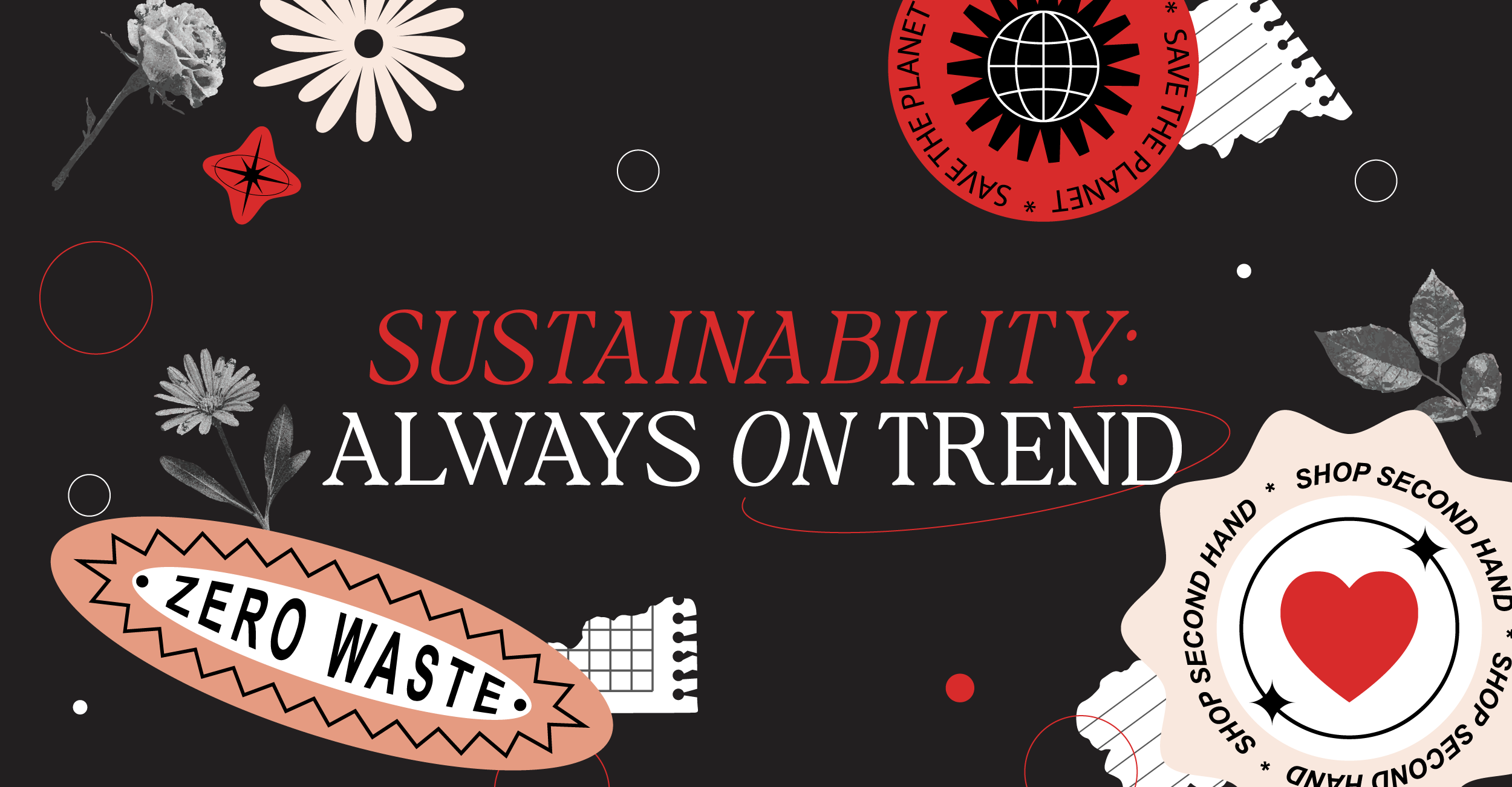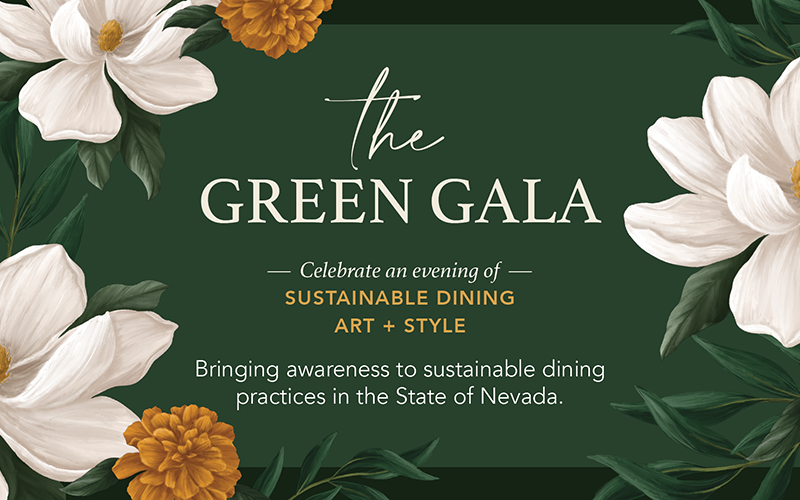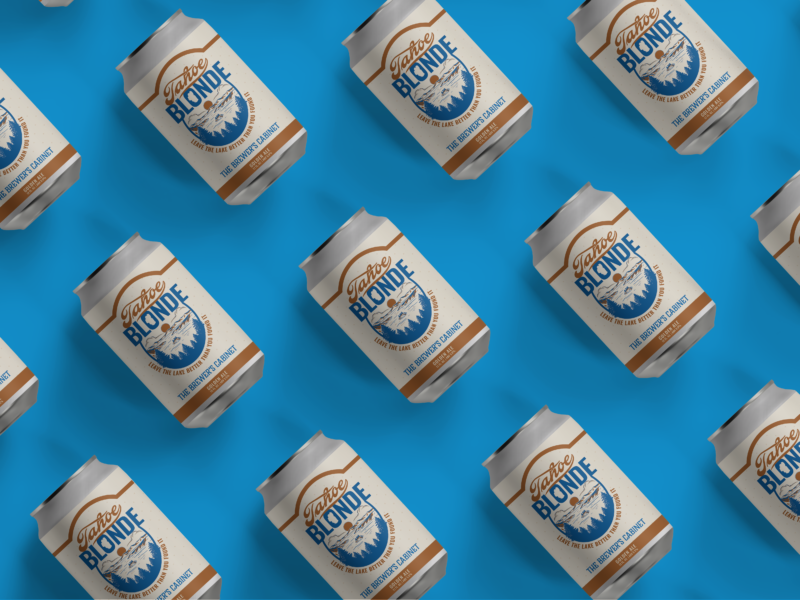
Sustainability: Always on Trend
This month, we’re looking forward to celebrating Earth Day. Today, we aim to raise awareness about environmental issues and encourage our friends, neighbors, and communities to take action to preserve and protect the Earth.
As creatives in a fast-paced industry, it may seem like our efforts to preserve the world have nothing to do with the work we do in the office, but we have a unique position to influence the world around us through marketing and visual communication. Nowadays, we all play a part in advocating for and working for sustainable practices and processes.
How Creatives Can Be More Sustainable in Their Design Processes
Sustainability should matter to graphic designers because of its potential impact on our environment, natural resources, and community.
Every aspect of the graphic design process, from materials used in packaging design to energy use, has some impact on the world around us. The sustainable graphic design prioritizes adverse effects through using printers that utilize renewable materials, opting for print-on-demand shops, and reducing waste as much as possible. As creatives, we love discovering unique ways for our work to exist physically; however, to be sustainable designers, we can seek out recycled or eco-friendly materials, like vegetable-based inks and paper made from post-consumer waste or embrace digitalization when necessary. By doing so, we can minimize waste and help preserve our natural resources for future generations.
Nowadays, AI is just about everywhere. Our Google searches summarize the information we’re looking for, Instagram provides us with recipes and suggestions for whatever we’re looking for, and even Spotify has an AI DJ to suggest new music for us to listen to. It’s a reality we can’t avoid. Yet, as designers pursuing sustainable practices, we have a social responsibility to at least be informed about the energy and water use of these AI systems so we can, in turn, slow down and be more intentional and thoughtful with how we’re integrating AI into our design processes.
According to Business Energy UK, when we enter our prompts into ChatGPT and Midjourney, the host company’s servers run thousands of calculations to provide ideas for us. Unfortunately, that process uses vast amounts of energy to prevent those servers from overheating, and water systems are typically used to absorb the heat and carry it to cooling towers to evaporate. As an example, let’s say we want to generate a 100-word email to a client, which consumes 17 ounces of water and enough electricity to power 14 LED light bulbs for an hour. As we move forward and think about preserving our world for future creative generations, we may find it necessary to use AI as a tool rather than our first instinct when we find ourselves stuck in a project.
For some, maybe it’s taking a few extra minutes to navigate Photoshop to fully flush out our composition instead of using generative AI. For many, ChatGPT is a go-to for brainstorming ideas, but maybe instead of immediately plugging ideas into ChatGPT, we use creative brainstorming exercises like mind mapping or using roleplaying and empathy to consider various approaches to a project. For illustrators, Midjourney can provide great visuals for ideas we have, but maybe we use those visuals as reference photos instead, or look to other creative outlets like music, TV shows, and movies to inspire us.
A Different Approach to Sustainability in Graphic Design
While sustainability can mean adopting design processes that help to protect and preserve the world, there’s another approach we can consider: sustainable graphic design can also help protect and preserve humanity.
In his 2013 book Flourishing: A Frank Conversation about Sustainability, John Ehrenfeld notes, “Sustainable graphic design is graphic design in support of all life flourishing… graphic design for the welfare of all life.” In this approach, sustainability, in the context of graphic design, refers to the practice of creating visual communications that minimize environmental impact while also promoting the welfare of human flourishing.
We realize this definition stands in stark contrast to traditional goals of success. As designers, sometimes the goal of graphic design and marketing is more money, more opportunity, more sales, more awards, and more recognition. While the pursuit of excellence isn’t necessarily bad, there are instances where pursuing those things means oppressing human flourishing and the welfare of life. It can quickly feel like survival of the fittest rather than using our creative services to uplift our community and develop designs that stand the test of time.
Sustainable graphic design not only allows us to help our planet and those who inhabit it, but it also serves as a platform to be critical of cultural, social, technical, and economic systems and structures that do not promote the flourishing of human life.
While our sustainable-focused design may not look that different, the intention behind it matters. As we continue to illustrate, write, create, and design to promote human flourishing, our work will not only be beautiful but also sustainable.




